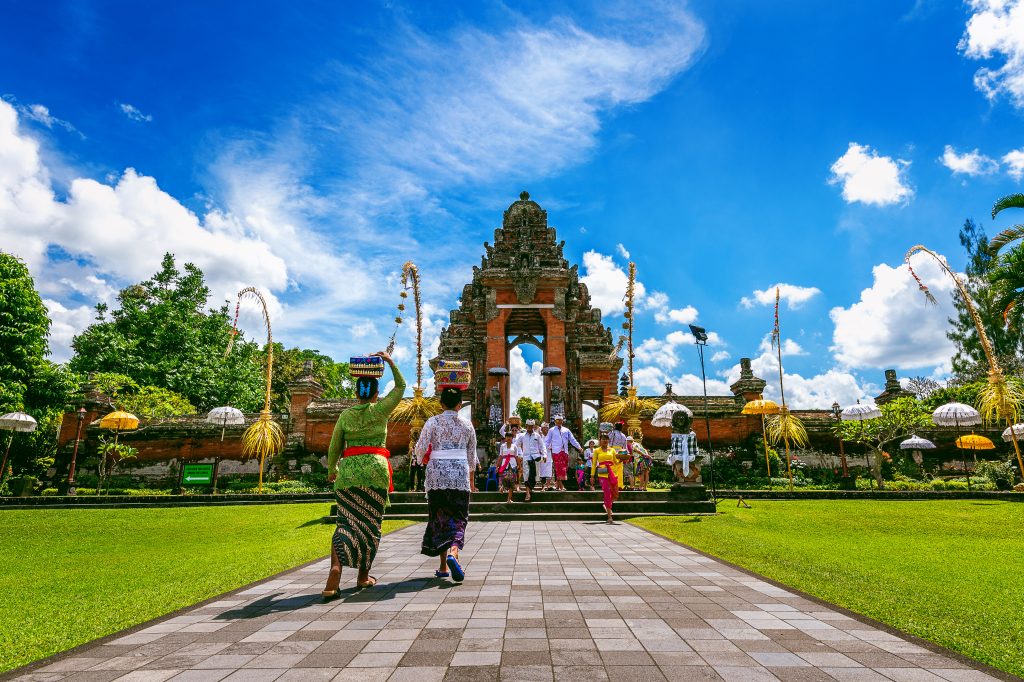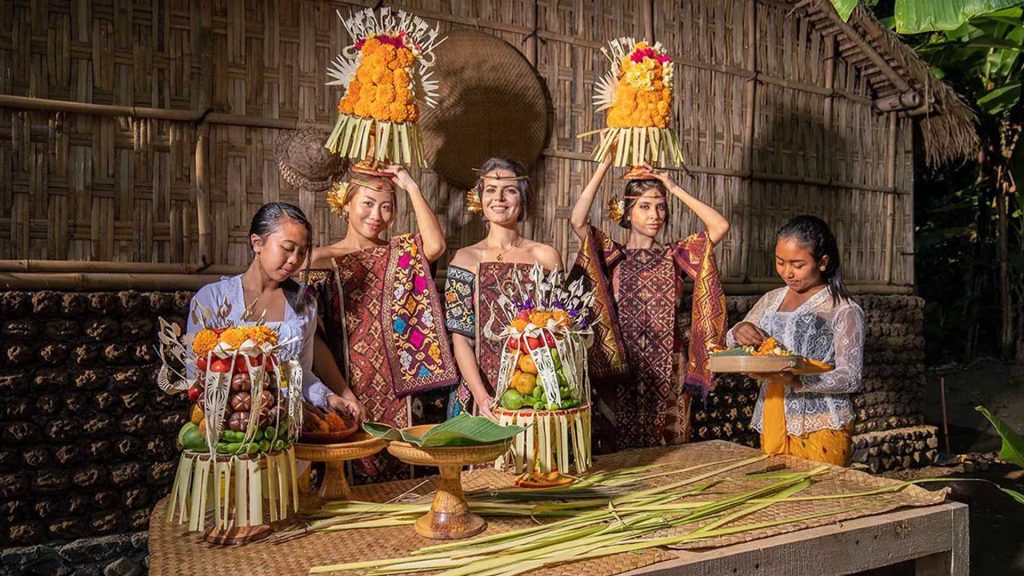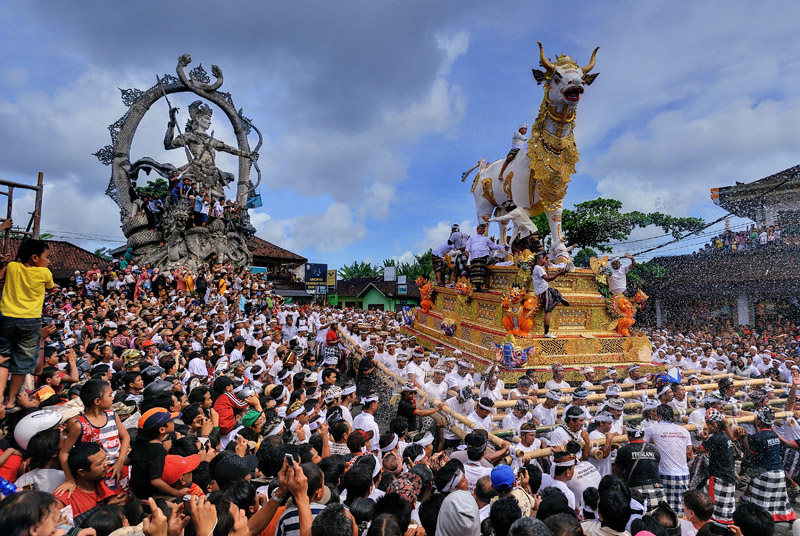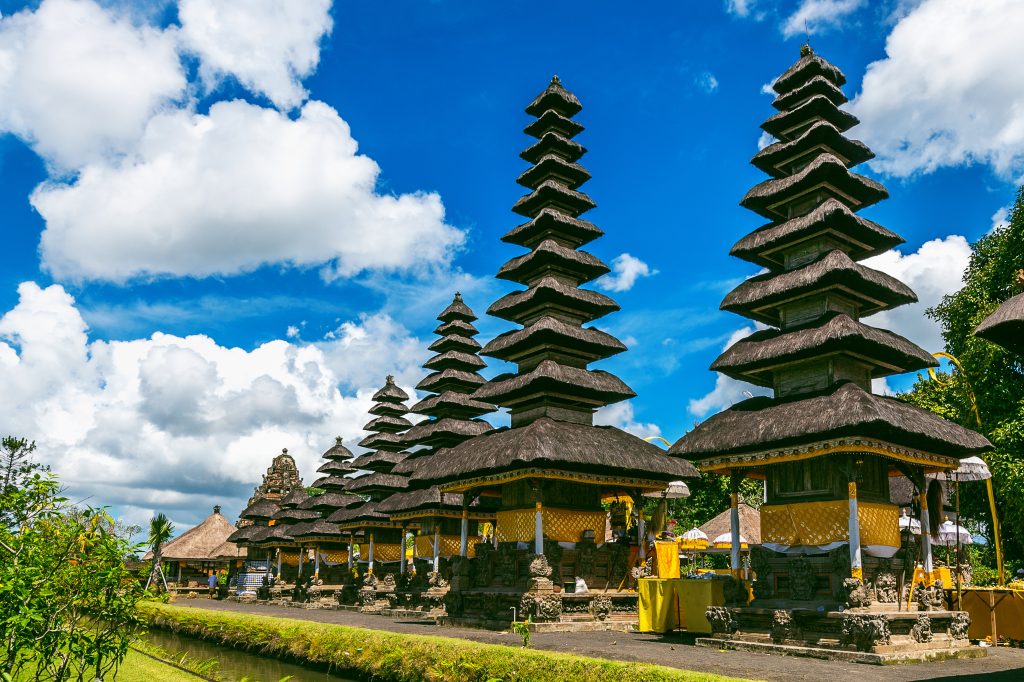There is no end to the Balinese culture when talking about it, because Bali is special and has its own charm that attracts tourists. One interesting topic is Hinduism, which is the third largest religion in Indonesia. This is because 1.7% of Indonesia’s population adheres to Hinduism, one of whom is a resident of Bali.
What Balinese culture is in line with Hinduism?
Explore Bali Culture

The island of Bali has a culture and tradition that has been passed down from generation to generation, until now it has been preserved to become a unique tradition. Inherited culture and traditions become the reason for the way of life of a group of people who are still traditional and become a strong attraction.
Not a few unique traditions are presented as the best sights for tourists who have a vacation on the island of Bali. Tradition is also inseparable from the belief of the Balinese people that there will be a disaster if the tradition or ritual is not carried out as usual.
Balinese culture is also related to religious beliefs to respect God or the ancestors who have left us. This unique tradition is generally held in a number of places on the island of Bali and has become the most special thing for tourists to enjoy.
Balinese Traditional Dance

The world of dance has become one of the Balinese cultures that will never be forgotten, because it will be preserved from generation to generation. Dance is a part of Balinese life because almost all routines, both traditional activities and religious ceremonies, involve elements of dance in it.
The island of Bali also has various types of dance, both just for performing arts that are displayed in front of tourists. As a tourist, you will be led by backpackeroo.com to see this very authentic Balinese culture.
- The Kecak dance is an Indonesian dance originating from Bali and is performed en masse by hundreds of male dancers sitting in a circle. The reason it is called the Kecak dance is because the dancers will raise and move both hands while shouting the word “cak kecak-kecak”.
- Puspanjali dance is a dance for welcoming, which comes from the word Puspa which means respect and Anjali means flower. The meaning of this dance is to respect guests like a flower, which has become part of Balinese culture. In general, the dance will be performed by a group of women with a total of 5 to 7 people.
- Trunajaya dance is a dance originating from Balinese culture which tells of a man who wants to attract women. Usually the dancer will keep widening her eyes with firm dance moves.
Balinese Cremation

Cremation is part of Balinese Culture, which is the practice of removing human corpses by burning them to ashes.Balinese cremation is indeed a unique and culturally significant ritual, but it has different origins and meanings than what you mentioned.
Balinese cremation, known as “Ngaben,” is a Hindu ritual conducted in Bali, Indonesia. According to Balinese culture, cremation has the goal of fulfilling the last wish of the deceased. So that cremation is carried out and is a hereditary tradition and is trusted in community groups. It is a sacred ceremony performed to release the soul of the deceased from their earthly body, allowing it to continue its spiritual journey
Balinese Caste System
Balinese culture also cannot be separated from the caste system, which in fact is not easy to remember Balinese names and castes. Giving a name is certainly not arbitrary, because in Balinese custom someone gives a name based on the caste system in ancient times that belonged to both parents concerned.
The caste system that exists in Balinese culture stems from an error in applying a different color system from the Vedas. The caste system in Bali is divided into two parts, namely the quarterly and the quarterly. Within the quarterly divisions, the caste system is divided into four parts as follows:
- Brahmana (Brahmins): The Brahmins are the highest caste in the Balinese system. They are traditionally priests, scholars, and teachers, responsible for religious rituals and ceremonies. They are considered the spiritual and intellectual leaders of the community.
- Ksatria (Kshatriyas): The Kshatriyas are the warrior and ruler class. They traditionally held positions of authority, including kings, nobility, and military leaders. They are responsible for protecting the community and upholding justice.
- Waisya (Vaishyas): The Vaishyas are the merchant and artisan class. They engage in trade, agriculture, commerce, and various crafts. They contribute to the economic activities of the society.
- Sudra (Shudras): The Shudras are the lowest caste in the Balinese system. They are primarily associated with agricultural and manual labor. Historically, they served the higher castes and performed essential tasks to sustain the community.
Triwangsa is the next caste system that takes from the three highest ranks of the chess dynasty. This title is a title that is attached to the name of the Balinese and is obtained from generation to generation and is determined based on the prevailing lineage.
The giving of these names is influenced by various aspects such as family name or gender and the order of birth of the child. Naming is also influenced by the form of respect for children, especially in the distribution of castes in Bali.
Know the History of Balinese Names and Functions of Holy Water

History of Balinese Names
Bali Names is the name of an island that has been recognized worldwide as one of the best tourist destinations. This tourist destination attracts many tourists from various countries. In fact, the name Bali also has its own history and the reason why it is called Bali.
Bali is believed to have originated from the Sanskrit word which means offering, offering or return. The origin of the name Bali pinned on this beautiful island cannot be separated from the history contained in Bali itself. Bali is also closely related to Hindu culture, which is still closely related to this religion. Literally Bali has the same meaning or meaning, namely offering.
Holy Water function
Holy water is water that is found in Bali and is commonly referred to as tirtha. Holy water (tirtha) in Balinese culture serves a vital role in various aspects of life, ranging from purification and protection to spiritual connection and ceremonial practices. It embodies the sacredness and spiritual essence deeply ingrained in Balinese Hindu traditions.


